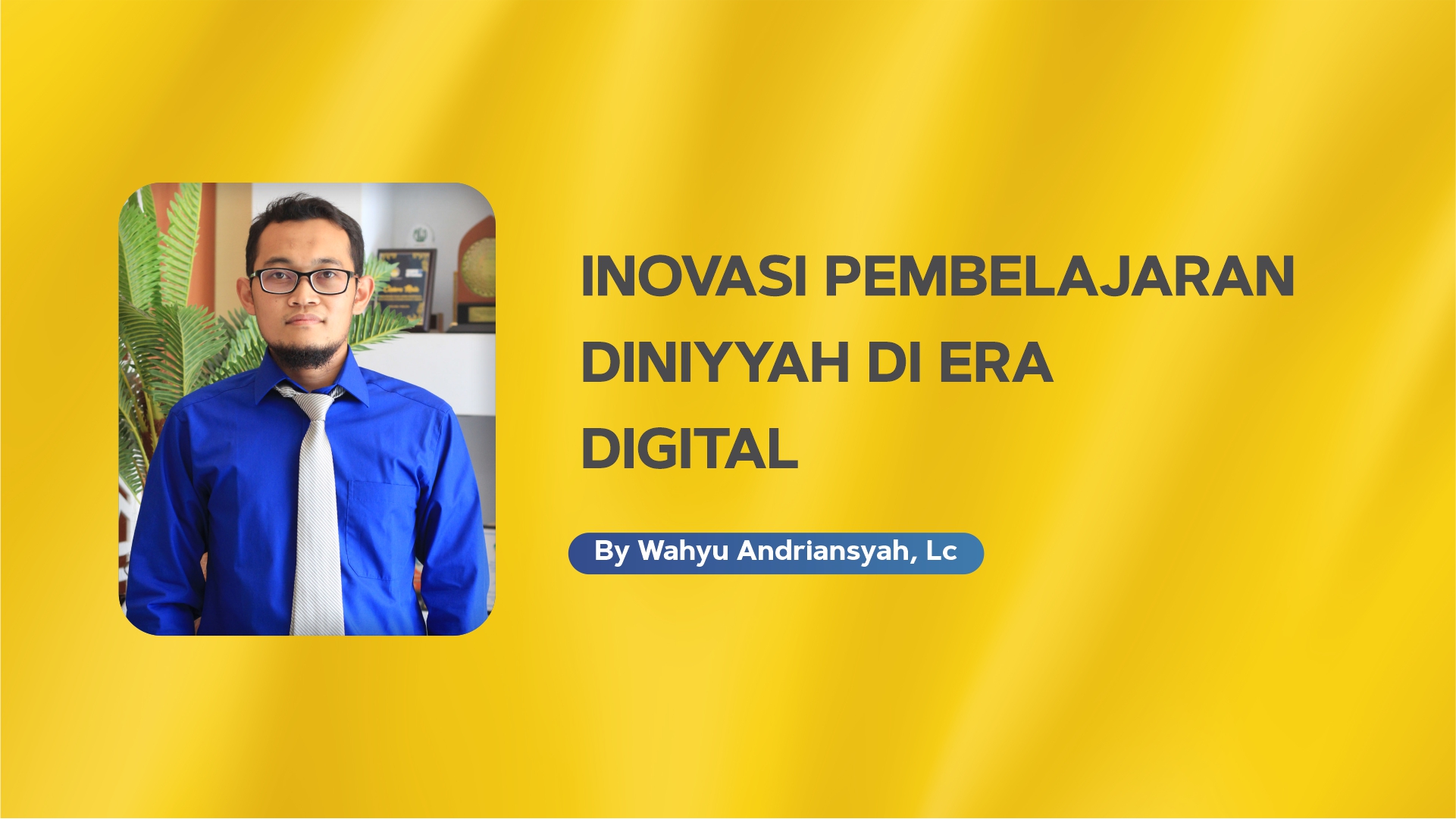Religious Learning Innovation in the Digital Era

Religious learning is a crucial part of the curriculum in Thursina IIBS. With advances in technology and changes in learning paradigm, innovation in learning methods for religious courses has become essential therefore it required to find its relevance in the modern digital era.
Those lessons have different characteristics from academic material in general, because it is mostly taken from the books of turats (classical scientific heritage in the Islamic tradition). Previously, access to classical sources was often limited, and learning took place through direct teaching or oral lecture. Turats books in various disciplines such as tafsir, hadith, fiqh, and other religious sciences are taught traditionally with teacher and student centered method.
Nowadays, advances in information technology have changed significantly the way to study the book of turats. Classic Islamic books are more easily to access through some digital platforms. Therefore, the use of technology in religious learning is crucial along with the development of e-learning platforms and educational applications, opening access to religion materials digitally.
In learning Arabic, for instance, the teachers can direct students to use digital or online dictionaries to help them learn texts efficiently. In the study of hadith or inheritance science, students are able to use android-based digital applications to accomodate interactive learning, allowing students to absorb knowledge in more interesting and efficient methods.
Besides, it is necessary to apply the concept of gamification in learning process. Students are encouraged to actively participate in competitive and fun learning atmosphere thus it increases their engagement and understanding. Game can be in the form of team race games, by grouping students into several teams and asking them to compete with other teams in the class activities. It also can be managed by digital platforms, Game Based Learning to increase eagerness during studying, such as quizizz, wordwall, blooket and so on.
Another innovation is to apply Learning by Project method. It is an effective method for integrating religion materials in the curriculum. Students are assigned a project to explore, understand and apply the concepts of aqidah, worship and muamalah. This approach provides in-depth practical experience and helps students understand the implications of religious values in the real life.
As an example, learning Fiqh on Hajj; the teacher divides students into groups to make dioramas (miniatures) of locations where the pillars of Hajji are carried out such as, tawaf at the Kaaba, Sa'i on the Shafa Marwa hill, and Wuquf on the Arafah field. Subsequently, each group presents to all class members complete information related to Hajj to be well-understood.
Collaboration among groups is able to be implemented as well. Group discussions allow students to share views and deepen understanding of the religious values . For instance, Fiqh lesson, a theme about modern financial transactions (muamalah maliyah hadithah) can be learnt by analysing the situation and finding solutions regarding the classical ulama method of istinbath (concluding) law. Followed by presentation of each group the results of analysis and legal istinbath discussed in front of the class. This approach stimulates collaboration among students and assists them comprehend the implications of religion values in everyday life.
The use of short videos, animations and other visual materials helps present religious concepts in a fascinating and effortless system. Visual media offers students an understanding of complex concepts in a more concrete and constructive method. Exemplifying learning Arabic, teachers can show films in Arabic to practice maharatul istima' (listening skills). Also, teachers can assign students to make posters containing one of the letters from juz amma, where each kalimah (word) is colored based on the category isim (noun), fiil (verb) or letter (conjunction). ). It will make it simpler for students to understand the concept of dividing sentences in Arabic.
Ultimately, innovation in learning religion materials is the key to maintain relevance and attractiveness of religious study in the digital era. Through the use of technology, creativity in teaching methods, and active collaboration between teachers and students, religious education becomes more dynamic and has a positive impact in building the character of younger generation. Considering potential of the novel breakthrough, we are able to ensure that the values of religious learning develop gradually along with the advancement of technology.
